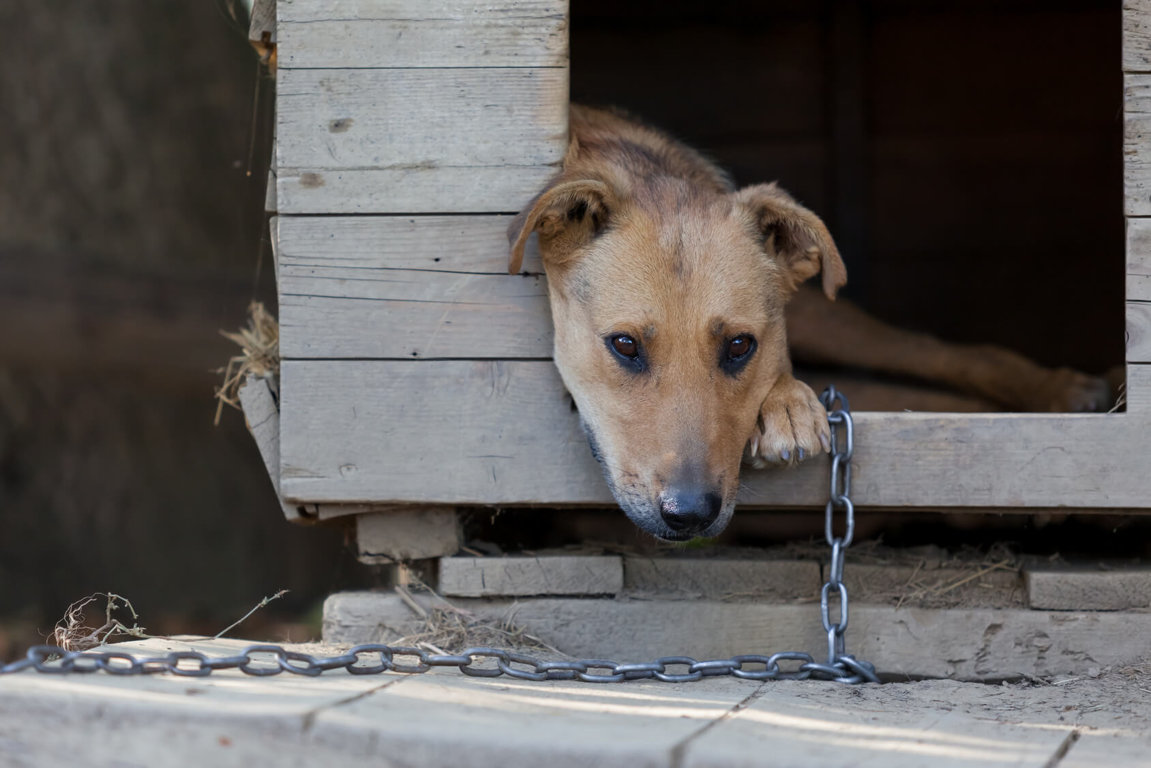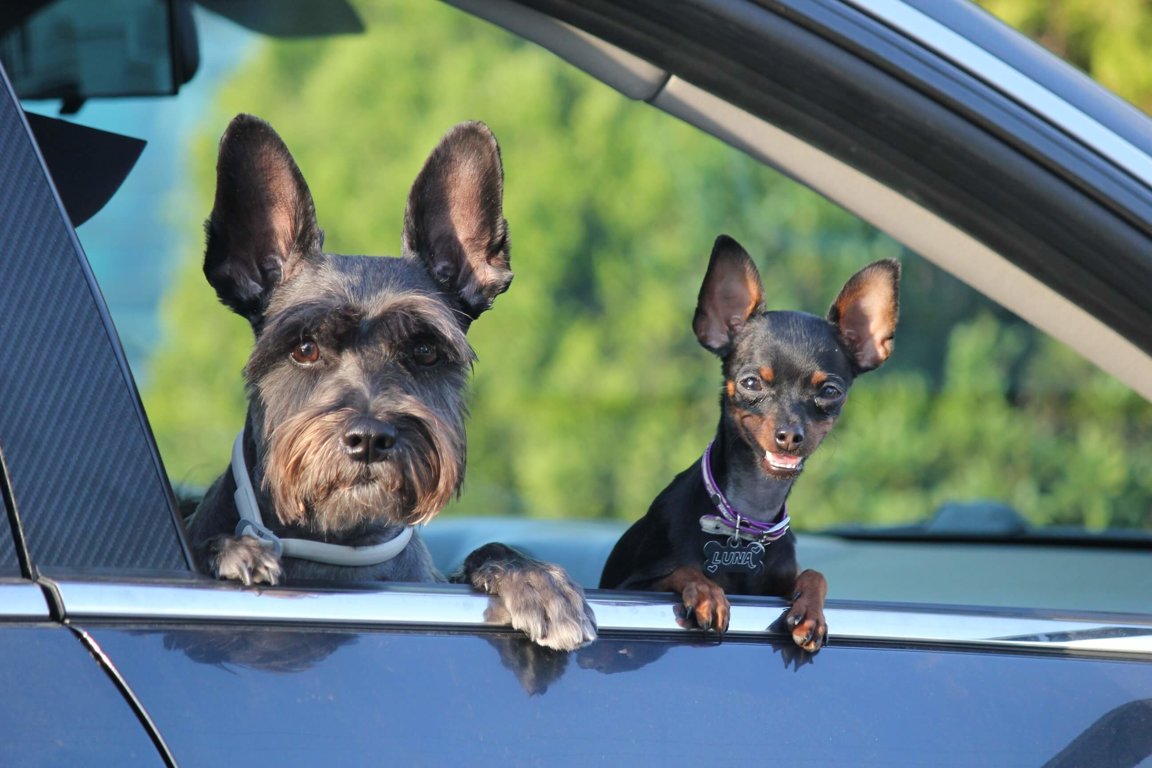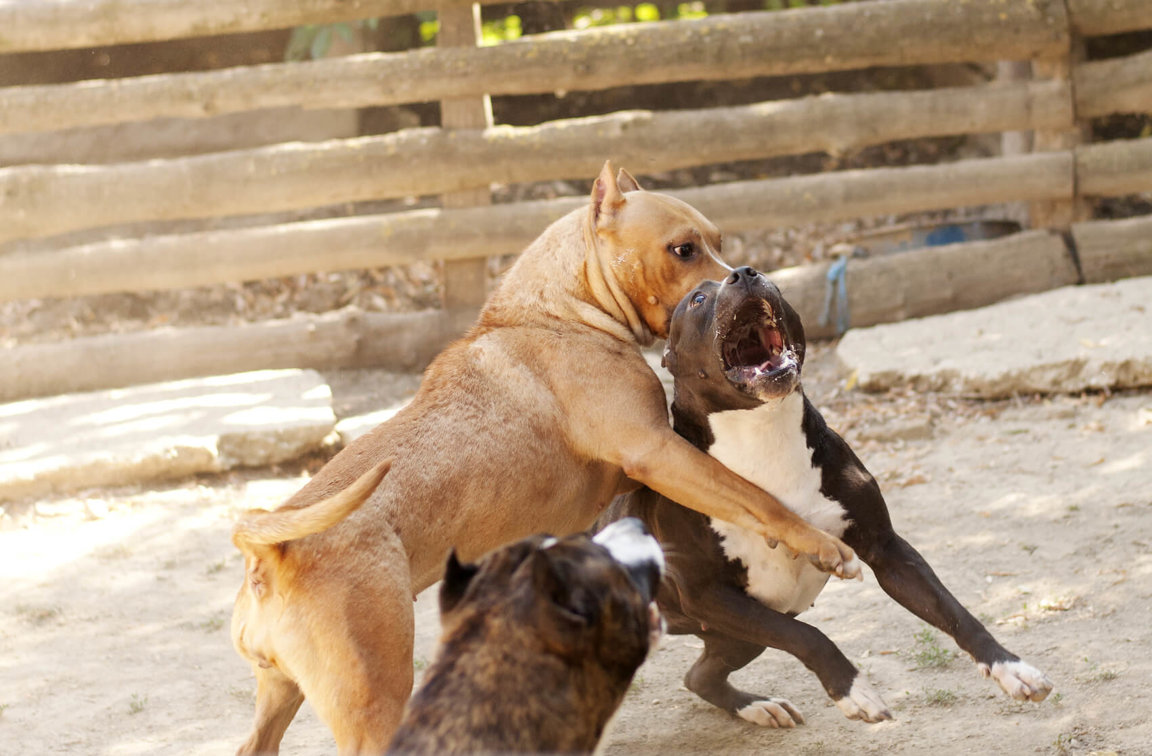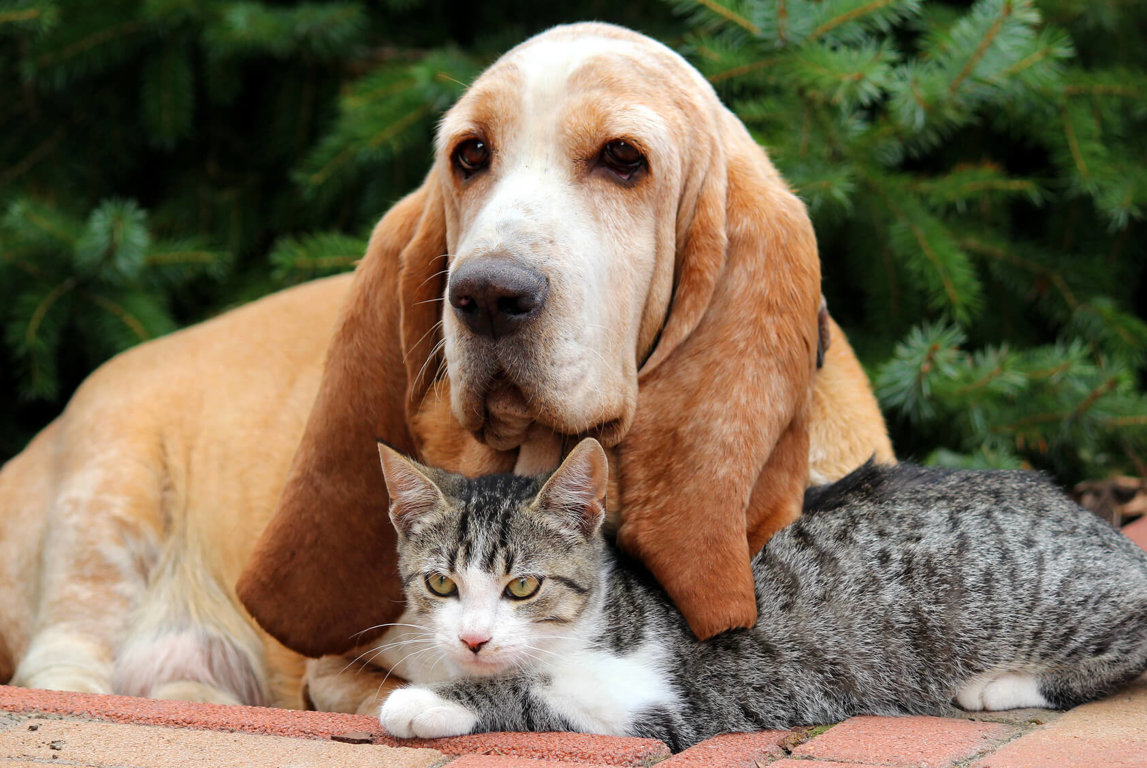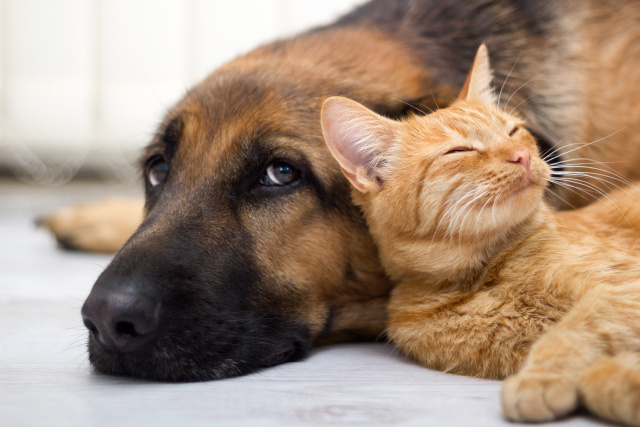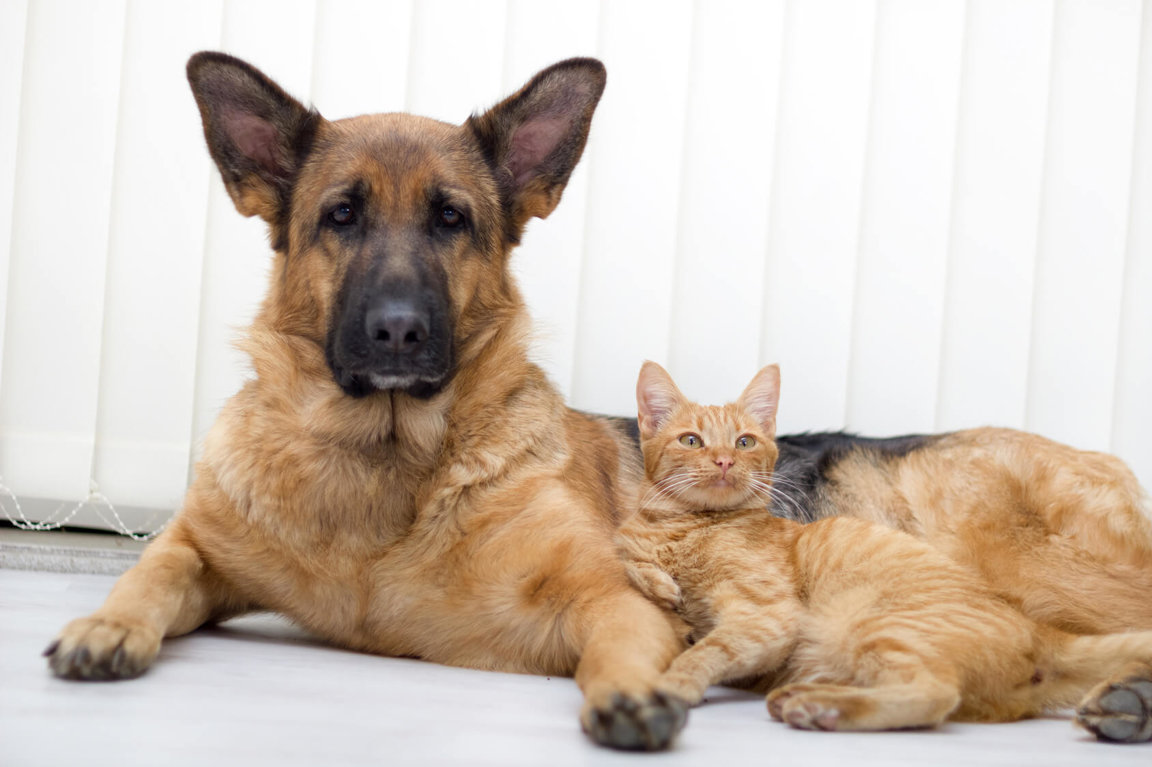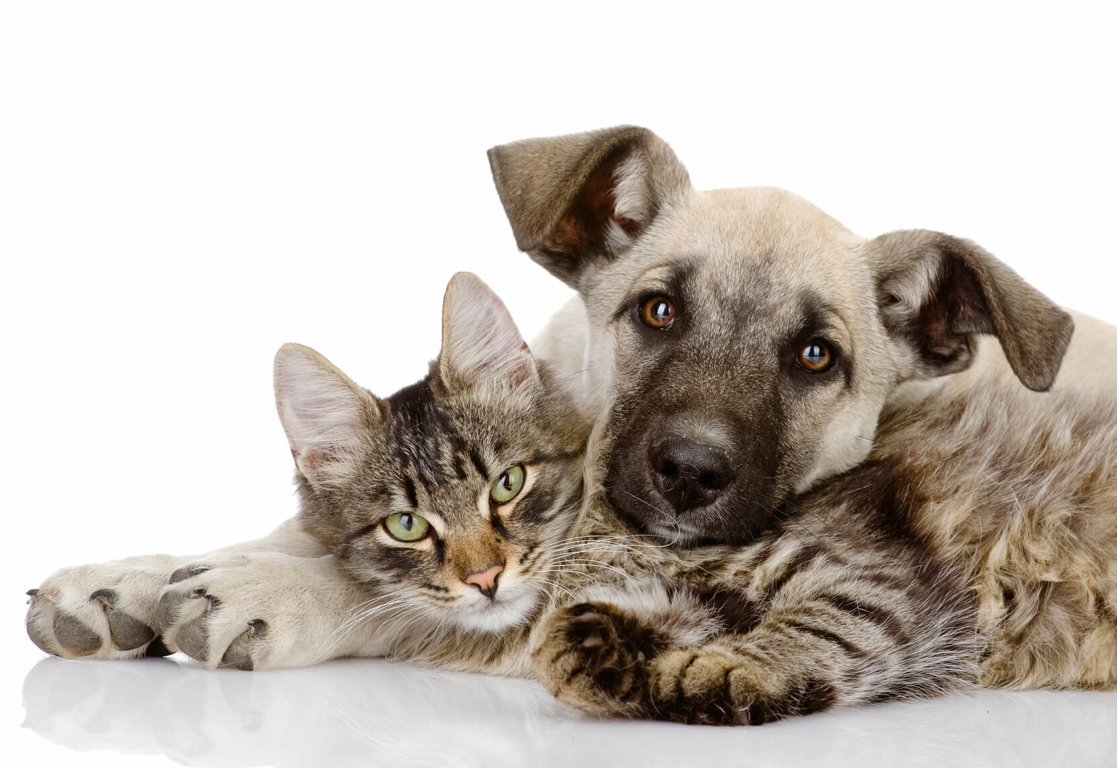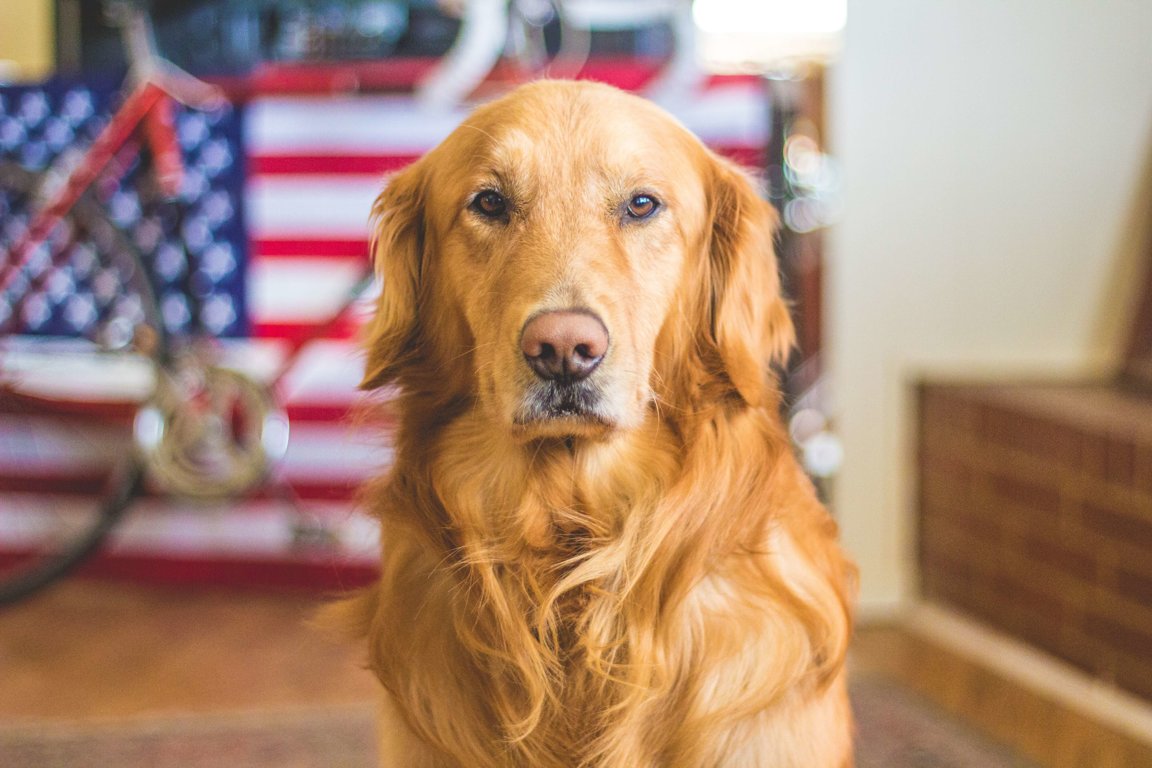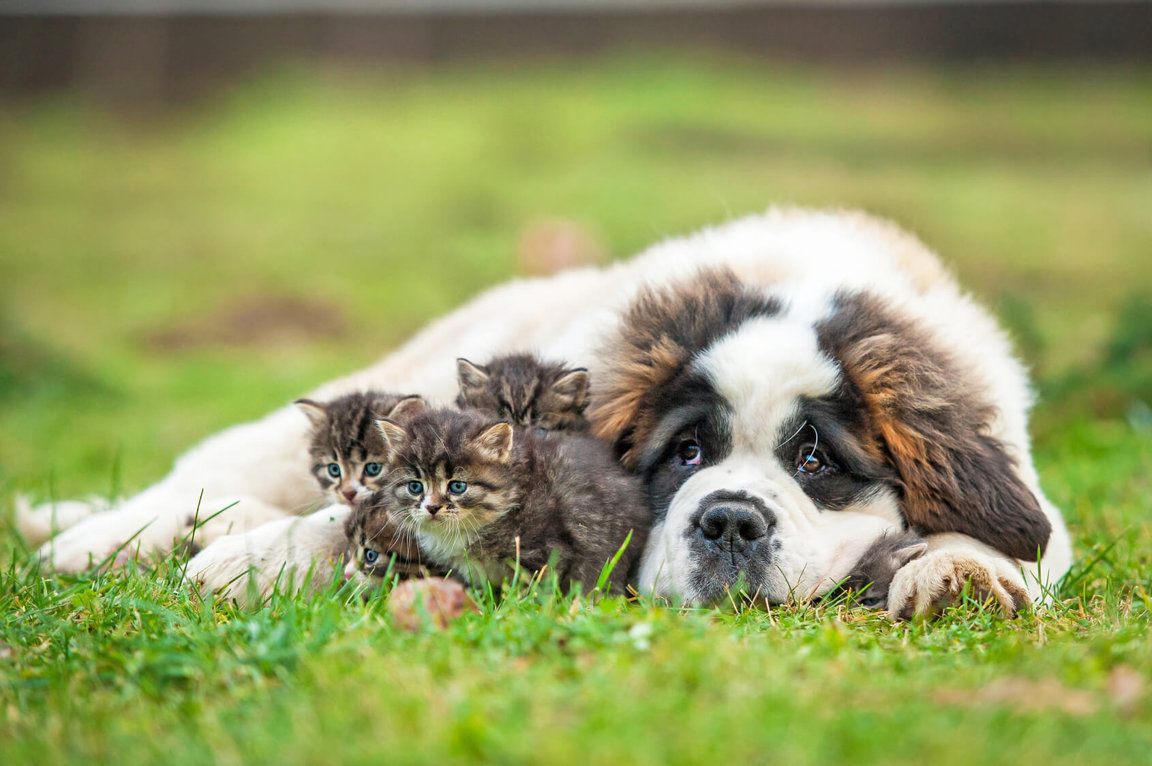Dogs
The most widespread form of interspecies bonding occurs between humans and dogs. These intelligent, social, emotional and playful creatures have learned to communicate and interact with humans in a way no other species can.The genius of dogs is that they use humans to get what they want. At one point in wolf evolution, a group of wolves decided to take advantage of humans. Dogs domesticated themselves through a natural process and have become a part of the human family.
No other species can read our gestures as well as dogs can. It allows them to be incredible social partners with humans. Their ability to interpret our gestures also helps them complete tasks they can’t complete on their own.


 Fascinating Dog Facts
Fascinating Dog Facts A Long History Of Companionship
A Long History Of Companionship Amazing Abilities
Amazing Abilities Part Of The Family
Part Of The Family Shelter Dogs
Shelter Dogs